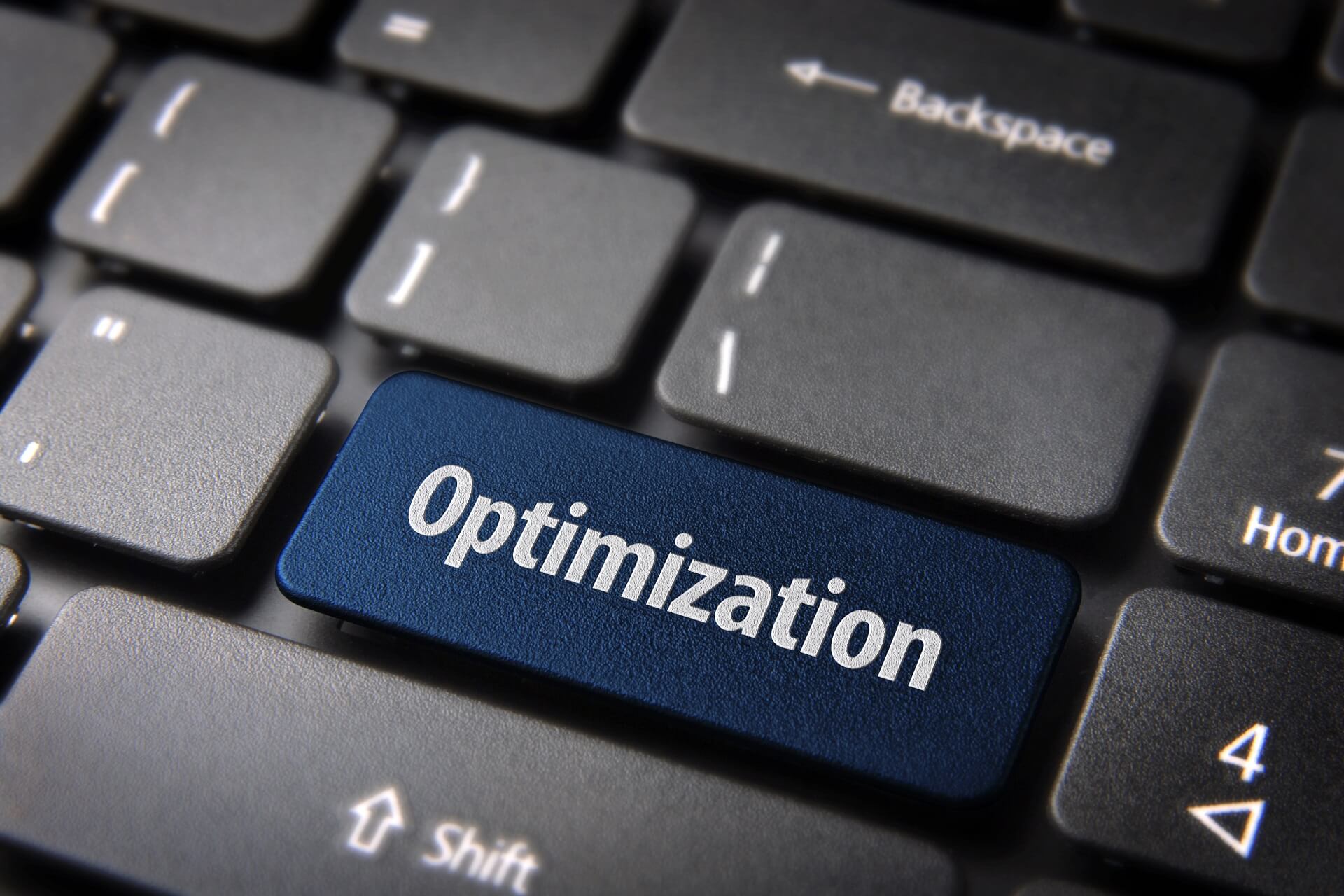Suppose you notice that the overall performance of your PC has decreased. In that case, system errors and the inability to recognize a device need optimization. In this guide, we will tell you how to improve the performance of your PC and Windows OS.
Perform a basic system maintenance
This is the first thing you should resort to when your PC is deteriorating. These uncomplicated tweaks will help solve a myriad of problems that may arise in your device system. Below, we’ll highlight a few actionable tips to help improve your PC’s performance:
- Close all windows with unnecessary programs when using DAW
- Disable third-party startup services that are non-essential, such as Skype, OneDrive, etc.
- Regularly free up disk space, uninstall unnecessary programs, and don’t forget to empty the Recycle Bin
- Connect your system with regular scans for malware
- Make sure you have only one antivirus active. If two antiviruses are running at the same time, this can cause several problems and leads to the program malfunctioning
- Make sure that you have the most recent version of Windows
File Management
Proper file management is essential to the well-being of your computer. Not only does it improve your comfort and organization, but it also makes it easier to keep track of how much storage you have on your hard drive.
- The fewer extra programs are on your Windows hard drive, the better your performance will be
- Minimize the load on your hard disk, do not move files and folders around as this can also cause an error message saying you cannot find the data
Hardware connections
When working with your computer, use the correct cables and ensure everything is connected correctly. This way, you prevent connection errors, interference, and all that sort of thing.
- Connect the USB cables to the appropriate USB ports, i.e., 3 to 3 and 2 to 2. If you connect the USB cable to the wrong port, the connection will be poor
- Whenever possible, it is best to use the computer’s native cables that come with the hardware. Third-party lines, especially generic ones, cannot provide a proper connection for the computer
- Always use a power supply if your device has one; there is no need to rely on the USB bus for power since your computer uses far more energy than it can provide. When this happens, the performance of the device will decrease, and the communication signal will decrease
Update your system device drivers
We’re used to drivers updating themselves, but there may be times when we need to do it manually, especially if your PC system is quite old. For example, the problem may arise if you install the latest software or a game on an older computer. Then you will notice that the software does not work as efficiently as it should, all because of outdated PC drivers. To update the system drivers manually, you need to:
- Find and open the Device Manager
- Select the drivers that you need to update
- Press the right mouse button, press “update driver,” and then “auto search for a driver software update.” If the driver will not be found, and then you will have to update the driver manually by following these steps:
- Double-click on the driver to view its properties
- On the “general” tab, you will see the model and manufacturer of the driver, and on the “driver” tab, you will find the version and date of the driver
- Go to your PC manufacturer’s official website for the latest driver version for your controller

